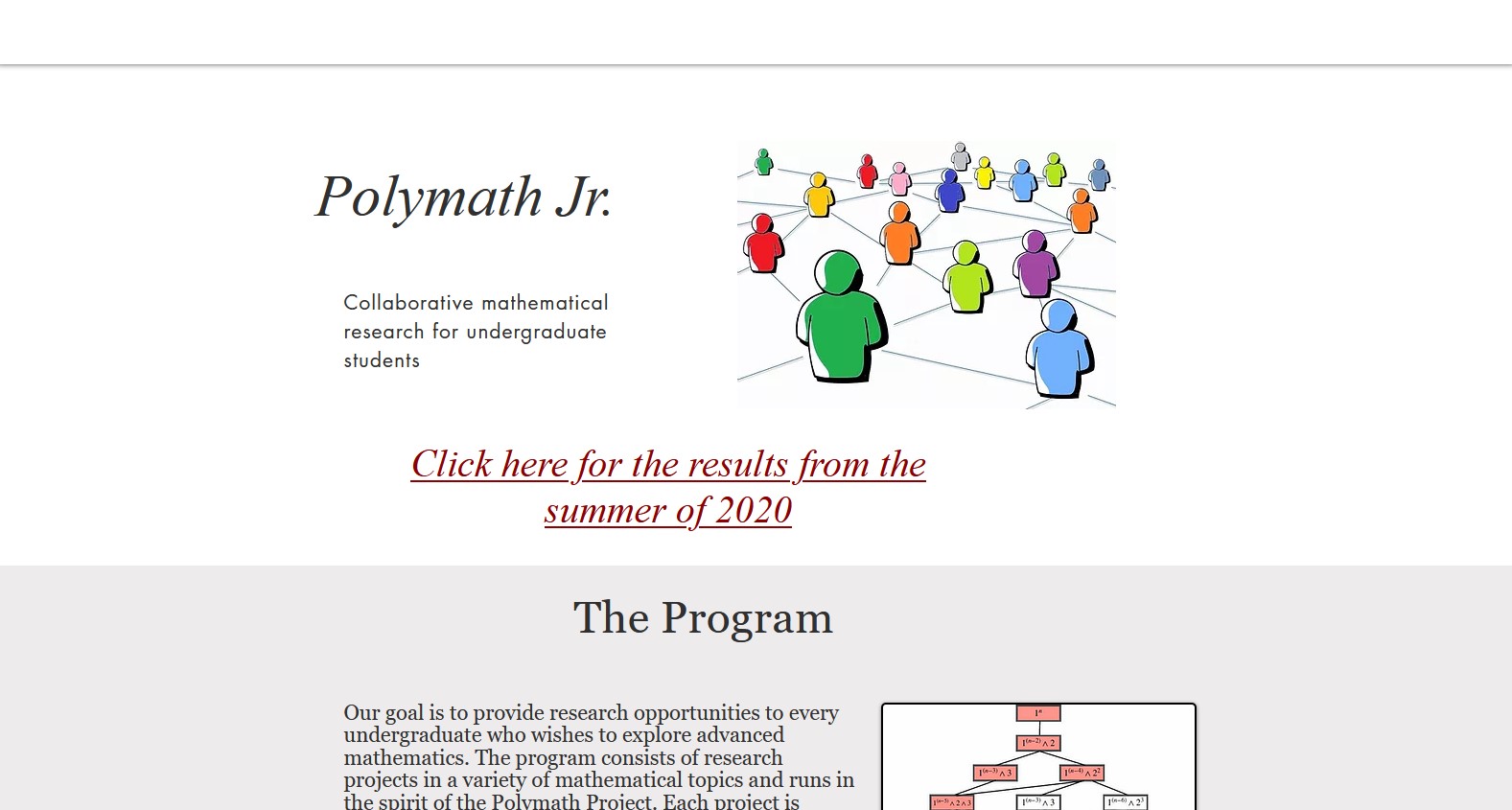
Their contribution to UK mathematics went well beyond joint papers, taking the UK from something of a backwater of mathematical research to a leading position in the rapidly developing fields of analysis, number theory and the theory of functions.īoth were undergraduates at Cambridge, where mathematical education at the time consisted of coaching for the Tripos, highly competitive and narrow university examinations, with the goal of finishing top of the class and being celebrated as “Senior Wrangler”. Harald Bohr remarked “Nowadays, there are only three really great English mathematicians: Hardy, Littlewood, and Hardy-Littlewood”, and the eminent number theorist Landau wrote “The mathematician Hardy-Littlewood was the best in the world, with Littlewood the more original genius and Hardy the better journalist.” They had a formidable reputation for joint work, which was less usual at the time than today.

Between 19 they published nearly 100 joint papers in analysis and number theory: Hardy published around 300 altogether and Littlewood about half that number. Godfrey Harold Hardy (1877-1947) and John Edensor Littlewood (1885-1977) established the UK as a leading centre of mathematical analysis. We look at the collaborations, and the institutions and structures that enabled them, as a contribution to understanding how collaboration enables mathematical advance. In this paper we contrast Polymath with a famous collaboration from the early twentieth century, that of the Cambridge mathematicians G H Hardy and J E Littlewood. They drew widespread attention as they offered an unusual opportunity to see mathematics in progress. In the early twenty-first century the Polymath experiments saw some of the most distinguished mathematicians in the world work together on significant research problems, writing down what they were doing on a blog for all to see as they went along. In this paper we contrast Polymath With a famous collaboration from the early twentieth century, that of the Cambridge mathematicians G H Hardy and J E Littlewood. They drew widespread attention as they offered an unusual opportunity to see mathematics in progress.

Abstract In the early twenty-first century the Polymath experiments saw some of the most distinguished mathematicians in the world work together on significant research problems, writing down what they were doing on a blog for all to see as they went along.


 0 kommentar(er)
0 kommentar(er)
